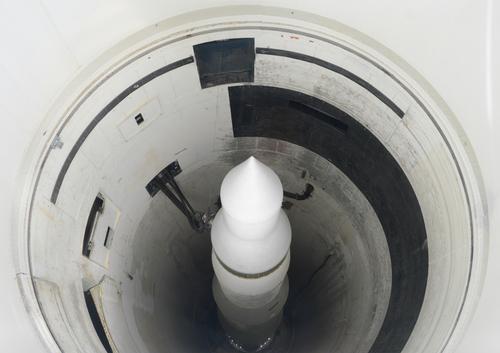All the thrillers with characters frantically trying to get the presidential codes to release or cancel nuclear missile strikes might make you think the passwords are really complex.
The codes to release nuclear missiles are, after all, the keys to mass extermination and the devastation of large regions. But missile codes haven’t always been complex, with some not nearly as advanced as the passwords many people use commonly for their email and other personal accounts today.
The secret code for all Minuteman intercontinental ballistic nuclear missiles during the height of the Cold War was 00000000—just eight simple zeros—according to Bruce G. Blair, a retired U.S. Air Force officer.
Blair has a PhD from Yale University in operations research, was a senior fellow in the Foreign Policy Studies Program at the Brookings Institution for 13 years, and became the President of the think tank Center for Defense Information in 2000. During his time in the Air Force, he was briefed on the coding for the missile launch.
His 2004 article, titled “The Case of the Missing ‘Permissive Action Links,” states: “The locks had been installed, but everyone knew the combination.”
Let us look at the development of this launch code practice.
In 1962, President John F. Kennedy signed a memorandum, according to which all U.S. nuclear weapons should be fitted with a Permissive Action Link (PAL) device so that those missiles can be operated only after getting the permission code from the right authority.
This move came in light of concerns that the nuclear weapons stationed in unstable regions could be seized and misused by the local leadership or rebels. The Permissive Action Links [PAL] system was put in place.
But nuclear experts worried that the PAL system may prevent soldiers from getting the command code from the president or other authority at the right time; communication lines or command centers could be destroyed in war, effectively halting the launch of missiles.
So they simply left the security code for launching weapons at eight zeros.
Blair writes: “[Strategic Air Command] remained far less concerned about unauthorized launches than about the potential of these safeguards to interfere with the implementation of wartime launch orders.”
Liberte Media is an online agency that focuses on increasing user engagement through search engine optimization, pay-per-clicks, social media marketing, and content management.
*Image of Cold War-era nuclear missile via Shutterstock




